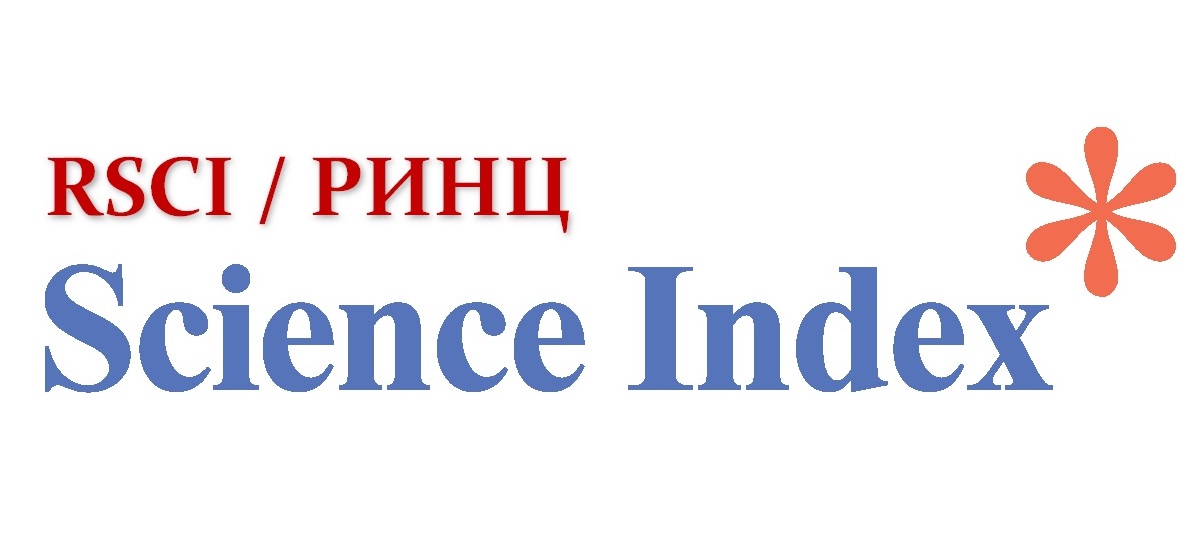Some issues of development and improvement of digital education of judges
Views: 237 / PDF downloads: 1106
DOI:
https://doi.org/10.32523/2616-6844-2023-143-2-21-31Keywords:
digitalization, justice, judge, information technology, digital literacy, digital skill, digital platform, digital service, digital toolsAbstract
The article discusses aspects of the formation and development of digital education of judges in the context of digital transformation of justice. Such key aspects as digital education, digital literacy and the development of digital competencies of judges deserve relevance. This study addresses the issues of assessing the impact of the scale of digitalization and the transition of the judicial system to an online format. The professional activity of a judge is currently developing both in the traditional way of legal proceedings and with the help of improved information technologies. In this regard, digital technologies undoubtedly perform important tasks. Key role in the formation of digital literacy of judges is played not only by experience gained as a result of judicial practice, but also by acquired digital skills, as well as organized digital tools.
The article also provides a theoretical analysis of a number of terms and definitions related to the processes of digitalization of courts. The key concepts in our opinion are digital literacy, digital culture, digital ethics. The study of the digitalization of justice attracts the attention of both foreign and Kazakhstani
authors. Understanding the vastness of the topic under study, we consider it appropriate to consider some of the existing problems, in particular, how the regulatory and methodological support of the digitalization of courts is provided, how the convenience of the developed digital services and platforms is evaluated, whether there are mechanisms for digital security and open access to personal data of citizens, etc. To this end, the digital platforms of the courts were studied, as well as a survey of current judges was conducted. Based on the results presented in the article, conclusions were drawn and recommendations were proposed.






